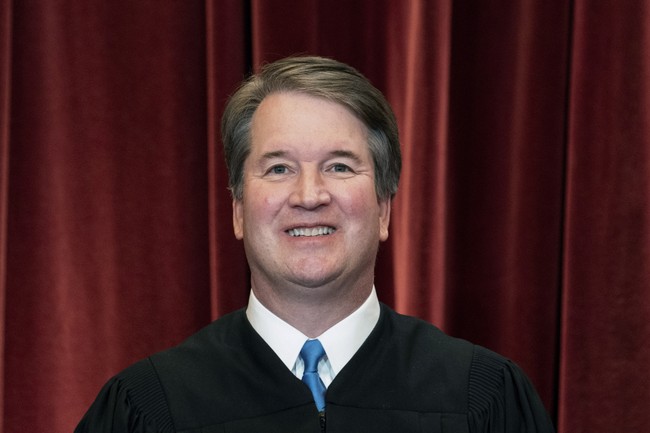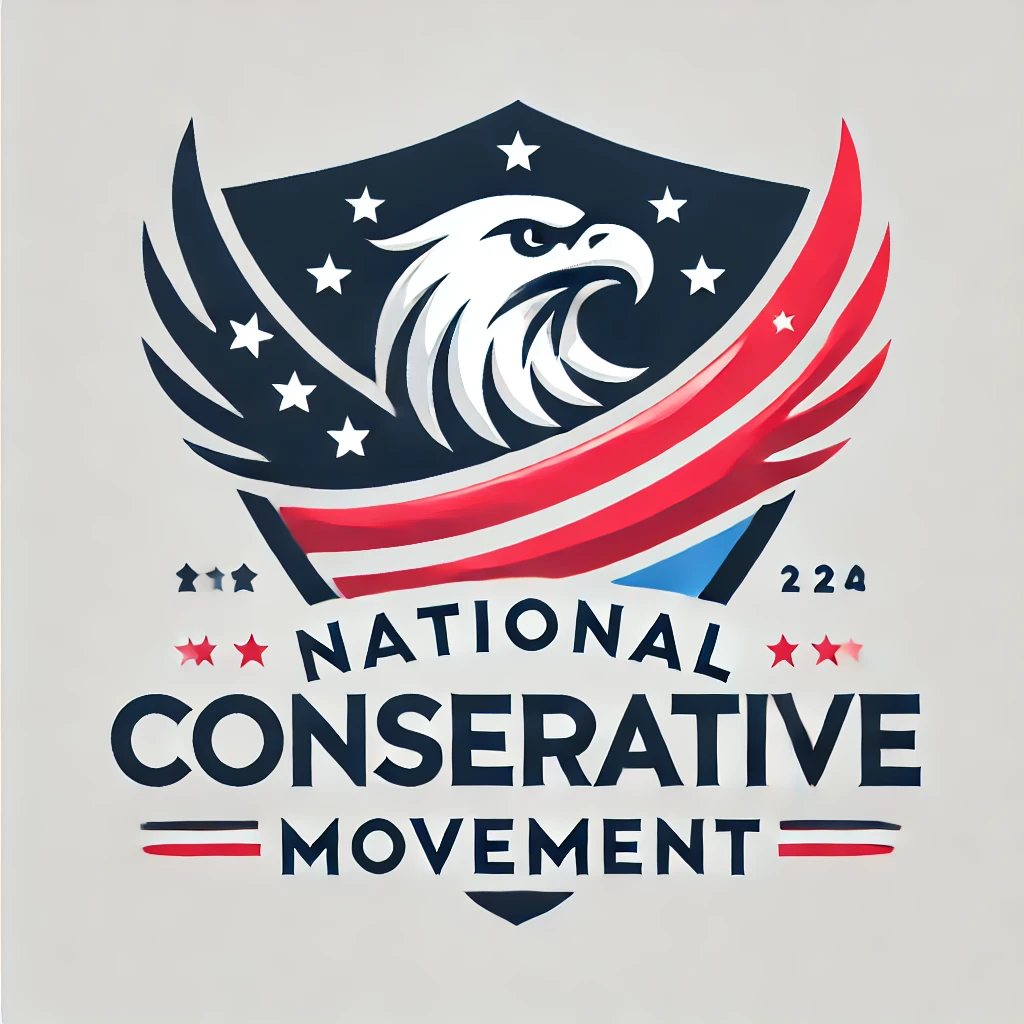
Newsweek calls this Donald Trump’s 16th SCOTUS win in a row. That may have more relation to the quality of challenges to executive authority than to its uses, however.
Once again, this revolves around the question of whether an agency that exercises executive power has legal status independent of the chief executive, ie, the President. An entire series of challenges this year to Trump’s efforts to clean house in the executive branch have relied on a 1930s-era precedent, Humphrey’s Executor, which established separation between so-called independent agencies and presidents when it came to firing appointees. Two months ago, the court issued a preliminary ruling in Trump v Wilcox that all but declared the Humphrey’s Executor precedent a dead letter.
The Supreme Court did so again today, much to the continued consternation of the court’s three liberal jurists — but again as a preliminary ruling. This time, the target is the Consumer Product Safety Commission:
The Supreme Court on Wednesday delivered another victory to President Donald Trump, allowing his administration to remove three Democratic members of the Consumer Product Safety Commission (CPSC), marking Trump’s 16th consecutive win before the high court.
The justices granted an emergency request from the Justice Department, which argued that as head of the executive branch, the president has the authority to remove agency commissioners without cause.
In Trump v Wilcox, the dispute centered on the National Labor Relations Board (NLRB) and the Merit Systems Protection Board (MSPB), but it’s essentially the same issue. The arguments are even the same, as the order points out. The unsigned order offered a rebuke of the district court judge that ignored their order in the earlier case:
The application for stay presented to THE CHIEF JUSTICE and by him referred to the Court is granted. The application is squarely controlled by Trump v. Wilcox, 605 U. S. ___ (2025). Although our interim orders are not conclusive as to the merits, they inform how a court should exercise its equitable discretion in like cases. The stay we issued in Wilcox reflected “our judgment that the Government faces greater risk of harm from an order allowing a removed officer to continue exercising the executive power than a wrongfully removed officer faces from being unable to perform her statutory duty.” Ibid. (slip op., at 1). The same is true on the facts presented here, where the Consumer Product Safety Commission exercises executive power in a similar manner as the National Labor Relations Board, and the case does not otherwise differ from Wilcox in any pertinent respect.
Justice Brett Kavanaugh added a concurrence in which he argued that he would have preferred to issue a writ of certiorari now and bypass the Fourth Circuit, given the circumstances:
I agree with the Court’s decision to grant a stay in this case, as in Trump v. Wilcox, 605 U. S. ___ (2025). In addition to granting a stay, I would have granted certiorari before judgment in this case or in Wilcox.
When an emergency application turns on whether this Court will narrow or overrule a precedent, and there is at least a fair prospect (not certainty, but at least some reasonable prospect) that we will do so, the better practice often may be to both grant a stay and grant certiorari before judgment. In those unusual circumstances, if we grant a stay but do not also grant certiorari before judgment, we may leave the lower courts and affected parties with extended uncertainty and confusion about the status of the precedent in question. Moreover, when the question is whether to narrow or overrule one of this Court’s precedents rather than how to resolve an open or disputed question of federal law, further percolation in the lower courts is not particularly useful because lower courts cannot alter or overrule this Court’s precedents. In that situation, the downsides of delay in definitively resolving the status of the precedent sometimes tend to outweigh the benefits of further lower-court consideration.
So it is here. Therefore, I not only would have granted a stay but also would have granted certiorari before judgment.
That’s a thinly veiled message about the fate of Hmphrey’s Executor. And as before, Justice Elena Kagan wrote the dissent with the same argument as in Wilcox, referencing the same precedent four times:
And it has accomplished those ends with the scantiest of explanations. The majority’s sole professed basis for today’s stay order is its prior stay order in Wilcox. But Wilcox itself was minimally (and, as I have previously shown, poorly) explained. See 605 U. S., at ___–___ (KAGAN, J., dissenting) (slip op., at 4–7). It contained one sentence (ignored today) hinting at but not deciding the likelihood of success on the merits, plus two more respecting the “balance [of] the equities.” Id., at ___–___ (order) (slip op., at 1–2); see id., at ___– ___ (KAGAN, J., dissenting) (slip op., at 4–7). So only another under-reasoned emergency order undergirds today’s. Next time, though, the majority will have two (if still under-reasoned) orders to cite. “Truly, this is ‘turtles all the way down.’” Rapanos v. United States, 547 U. S. 715, 754 (2006) (plurality opinion). The majority rejects Congress’s design of a whole class of agencies (except, as Wilcox somehow has it, the Federal Reserve) by layering nothing on nothing.
Since we’re all doing re-runs, allow me to address the “nothing on nothing” argument as I did in May with Wilcox. The notion of agencies being independent of the chief executive while wielding executive power is literally built on nothing, constitutionally speaking. Humphrey’s Executor was created out of thin air by a court worried about its status in 1935 more than the Constitution:
For 90 years, Humphrey’s Executor v. United States, 295 U. S. 602 (1935), has stood as a precedent of this Court. And not just any precedent. Humphrey’s undergirds a significant feature of American governance: bipartisan administrative bodies carrying out expertise-based functions with a measure of independence from presidential control.
That all sounds fine and good … until you ask Kagan to show where the Constitution allows executive authority to be vested in anyone except the President. Hint: That clause does not exist. The 1935 Supreme Court fudged the Constitution under pressure from Franklin Roosevelt and the New Dealers to allow this extra-constitutional precedent, which in turn accelerated the growth of the bureaucratic state. Ninety years later, it has grown to Leviathan levels, operating with equally Leviathan levels of impunity — exactly what the Constitution was designed to prevent.
And Kagan’s defense of “expertise-based functions” versus constitutional order is nearly quaint after the performance of the “experts” in the pandemic, not to mention the Big Tech/Big Government Censorship Regime that partly overlapped it. Self-governance is not a technocracy; self-governance means elected representatives and the president operating policy, directly accountable to voters. And that requires bureaucrats to be directly accountable to either Congress or the President, not the judiciary or no one at all.
So really, this isn’t Trump’s sixteenth win in a row at SCOTUS. It’s more of a rerun of an earlier win, or really a few earlier wins, which shouldn’t even have gotten this far after Wilcox. This proves Kavanaugh’s wisdom, because at this point the Supreme Court should directly address this issue of executive power and accountability as their first case on the docket.











